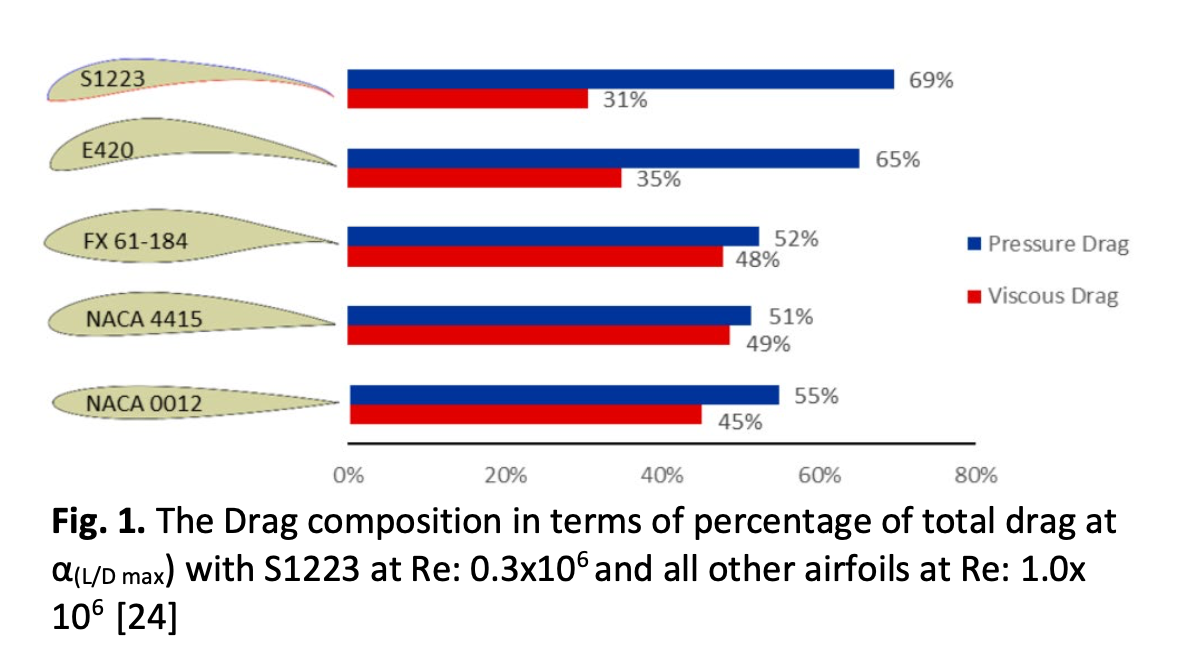Investigation of Empennage Location Effect to the Unmanned Aerial Vehicle (UAV) Structure Characteristic
DOI:
https://doi.org/10.37934/aram.113.1.112Keywords:
UAV, SolidWorks, simulation, empennage, composite, structureAbstract
Over the past few decades, unmanned aerial vehicles, commonly known as UAVs, have been widely used in a number of consumer and military applications, such as surveillance, tracking, monitoring, and aerial photography. Fixed-wing and rotary UAVs are the two primary categories in UAV. Interestingly, the hybridization of fixed-wing and rotary UAV gives better performance in terms of energy consumption and the needs of runaway. Designing new hybrid fixed wing-rotary UAV or hybrid vertical take-off and landing (VTOL) is challenging especially to identify the critical location in the UAV and material selection. Therefore, the objective of this research is to study the effect of empennage location and material selection on the structural strength of a hybrid VTOL UAV. The SolidWorks software was employed to design a 3D model of the UAV with different empennage locations, as well as perform a simulation of the structural strength of fibre glass, carbon fibre and kenaf for the hybrid VTOL UAV. The simulation analysis presents stress (Von Mises). The results show that the fibre glass (4.342 N/m2) at top empennage gives the best performance as compared to other parameters. In conclusion, this study is necessary to give a better picture of structural strength of composite materials and best design location in hybrid VTOL UAV for future research.
Downloads



























